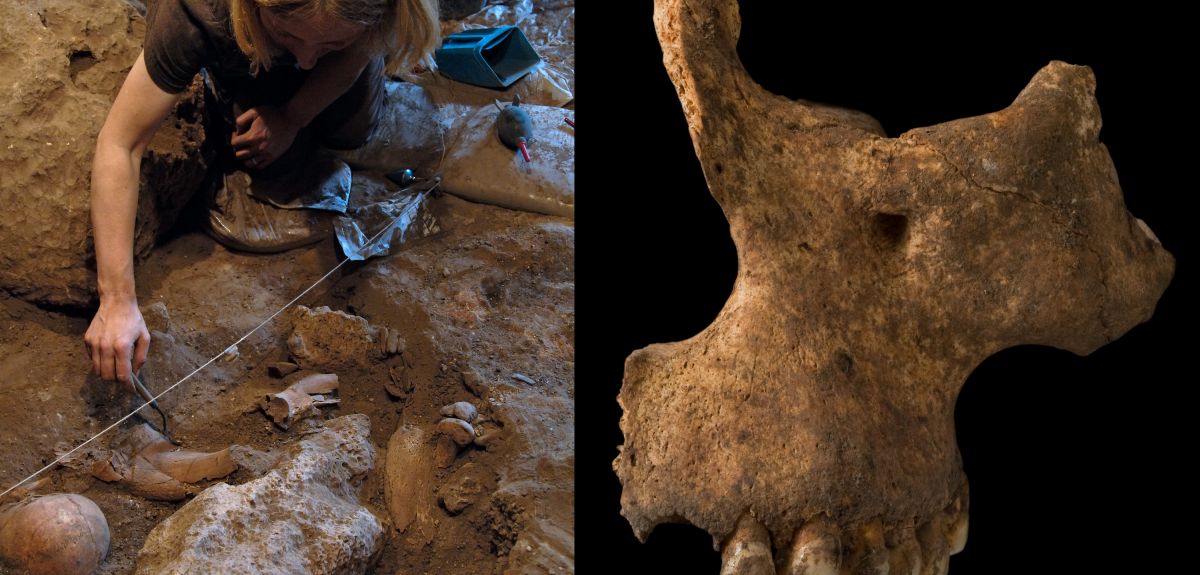
Oldest DNA from Africa offers clues to ancient cultures
The discovery of DNA – the oldest ever obtained from ancient African remains, has shed light on the continent’s prehistoric migration patterns and cultures.
Archaeologists have long puzzled over the origins and spread of Later Stone Age culture in ancient Morocco. However, the international study published in Science, has revealed the genetic profiles of ancient Moroccan remains and in doing so, details of their ancestry. The findings suggest that the bones have substantial Near Eastern and sub-Saharan African-related ancestries (63.5% and 36.5%, respectively).
As the oldest human DNA evidence discovered in Africa, to date, the findings provide genomic evidence of contacts between North Africa and the Near East, as well as areas south of the Sahara, suggesting that more people were migrating in and out of North Africa 15,000 years ago, than previously believed.
The team of international archaeologists, including researchers from Oxford University, Morocco and the Natural History Museum in London, found bones from more than 10 human skeletons inside Taforalt cave in eastern Morocco. The remains were then directly radiocarbon dated at Oxford and analysed for aDNA.
Long term excavations at the site, associated with the Later Sone Age (LSA) Ibermomaurusian culture, have been co-directed by one of the co-authors of the paper, Professor Nick Barton of Oxford’s School of Archaeology. The project was therefore also intended to investigate the origins of the LSA in North Africa and the ancient Moroccan people.
Also known as the Iberomaurusians, the research findings suggest that the inhabitants of Taforalt Cave mainly shared their ancestry with early peoples living in the northeast Africa (Libya and Egypt). They also imply that connection existed with the Near East (Natufian) peoples 15,000 years ago – long before previously thought.
However, in the absence of more ancient genomic data from Africa, it is not yet possible to predict where the core area of LSA expansion lay. Surprisingly, some of the oldest archaeologically dated LSA finds occur in Morocco and Algeria, and not as might be predicted by the genetics in areas further to the south or east.
Professor Nick Barton said: ‘The results of this study are intriguing and call for a re-think of ideas. The genetics are telling us one thing, but the archaeological dating is telling us another’.
Of this apparent evidence gap he added: ‘Clearly the only way this can be resolved is by finding further genomic data from human remains in each of these potential source areas’.
 New study estimates NHS England spends 3% of its primary and secondary care budget on the health impacts of temperature
New study estimates NHS England spends 3% of its primary and secondary care budget on the health impacts of temperature
 International collaboration launches largest-ever therapeutics trial for patients hospitalised with dengue
International collaboration launches largest-ever therapeutics trial for patients hospitalised with dengue
 Oxford-built multi-agent assistant for cancer care to be piloted in collaboration with Microsoft
Oxford-built multi-agent assistant for cancer care to be piloted in collaboration with Microsoft
 World's first Phase II Nipah virus vaccine trial launch
World's first Phase II Nipah virus vaccine trial launch